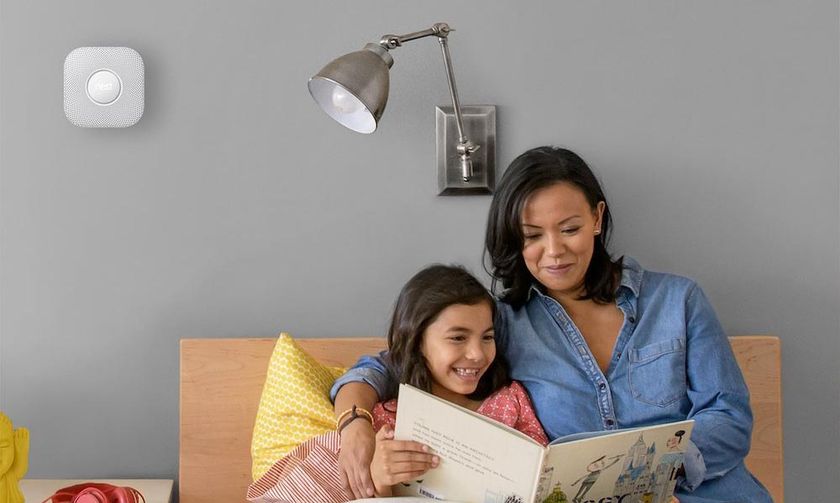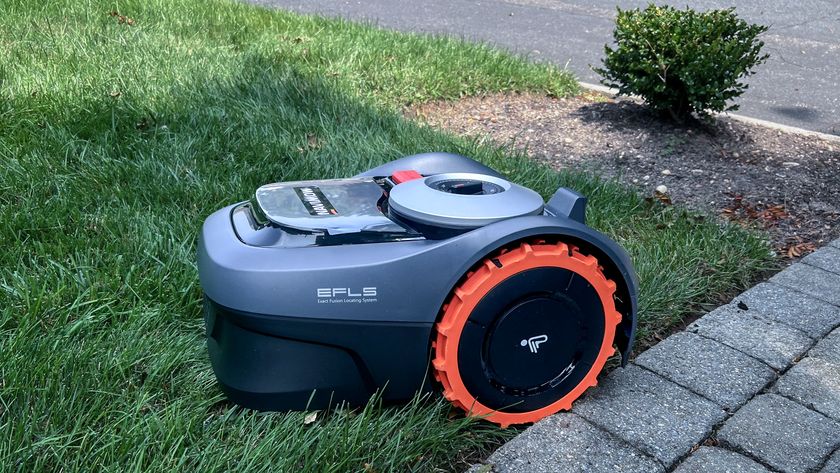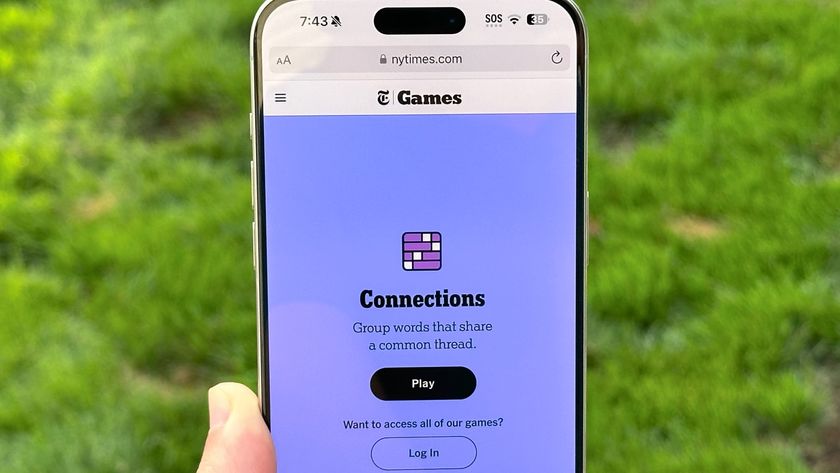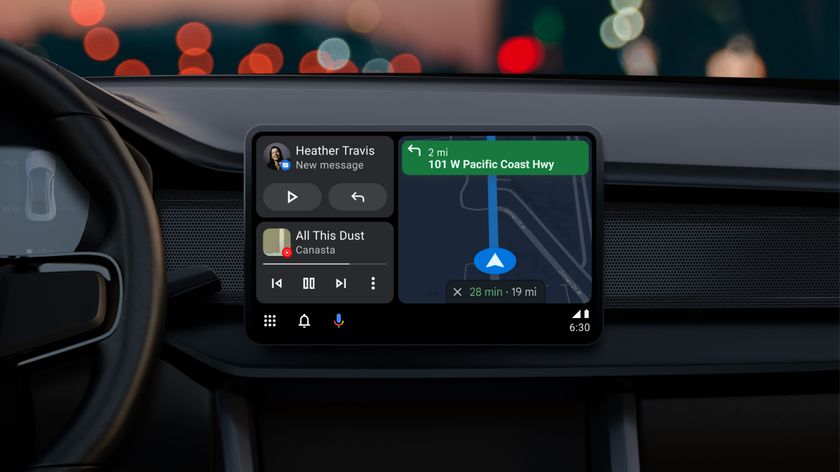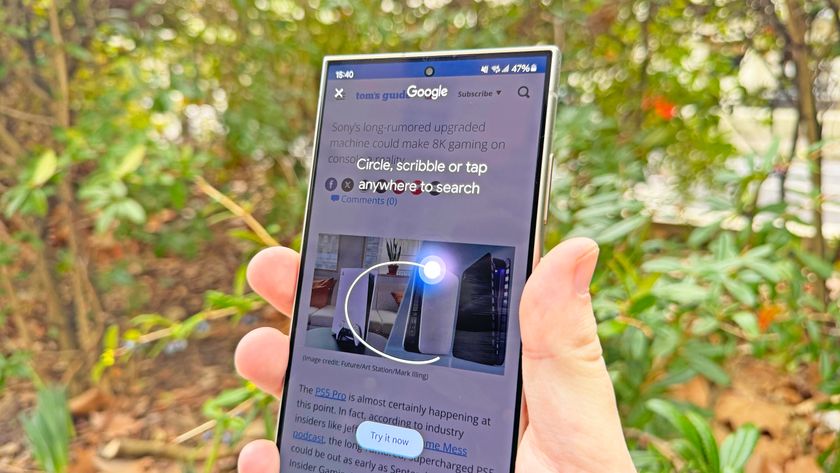Apple HomeKit Aims to Make Your Home Smarter
Apple's iOS 8 promises to make it easier for developers to integrate their smart home devices with the iPhone and iPad.
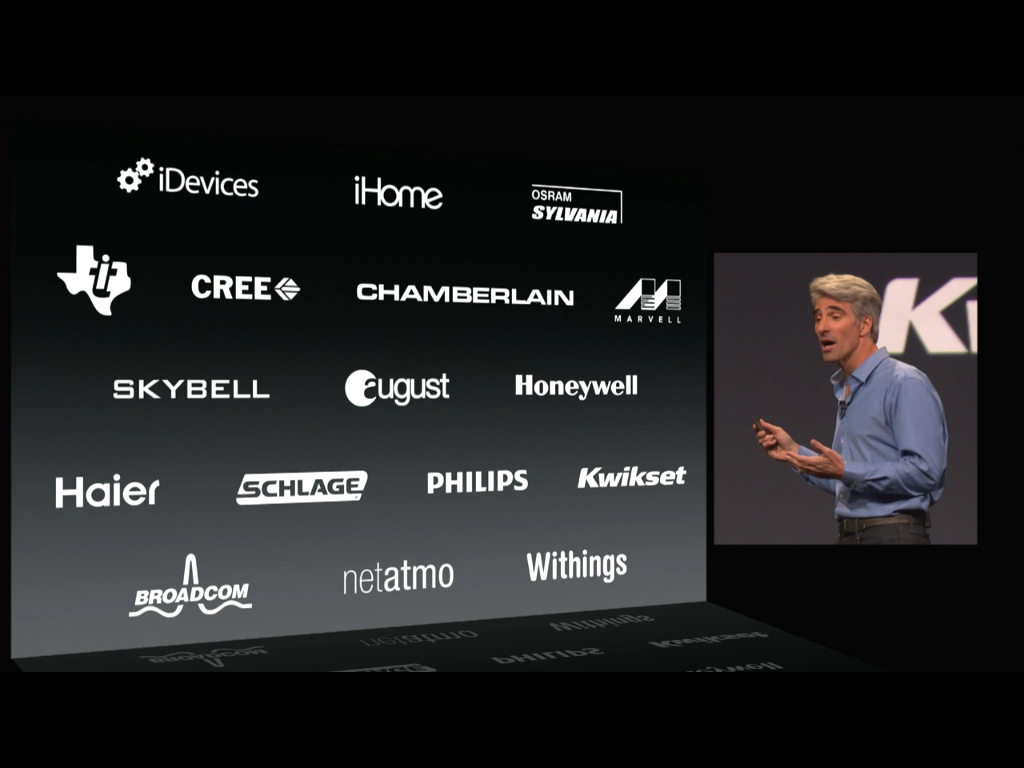

We're closer to the Jetson's smart home than ever. Apple wants to help make your house smarter by making it easier for smart home to integrate with the iPhone and iPad. As part of the upcoming iOS 8 upgrade announced at its Worldwide Developers Conference, Apple is giving developers HomeKit, a new common protocol for smart home devices.
According to Apple, HomeKit delivers secure pairing and the ability to easily control individual or groups of devices throughout the house--including integration with Siri.
The introductory partners include some big names, including iHome, Philips, Texas Instruments, Withings, Sylvania, Haier, Schlage, Marvell and more. That means your iPhone will soon be able to communicate with locks, lights, cameras, doors, thermostats, plugs and switches through a secure environment.
MORE: 13 Amazing Smart Home Gadgets
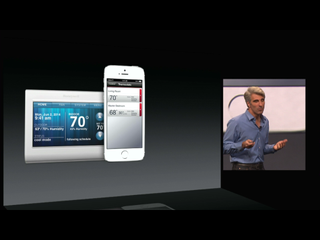
Apple promises developers will be able to integrate Siri voice commands. So you could say something as simple as "Get ready for bed," which would then trigger multiple actions. That could include closing the garage door, bringing down the lights, locking the front door and turning down the thermostat.
There's no explicit word on which products this will impact first, but we imagine the launch partners are already working on upgrading their devices or making them compatible. Notably missing from the list of partners is Nest. The company was recently acquired by Google for $3.2 billion.
In addition to HomeKit, Apple announced a new programming language called Swift and improved graphics rendering through Metal. The iOS 8 release in beta is available for developers now, and will be commercially available to the public in the Fall.
Sign up to get the BEST of Tom's Guide direct to your inbox.
Get instant access to breaking news, the hottest reviews, great deals and helpful tips.
Follow Anna Attkisson @akattkisson and on Google+. Follow us @TomsGuide, on Facebook and on Google+.
-
spdragoo Hmmph.Reply
So far, I'm not seeing anything that would actually help me out:
-- Shutting the garage door: I already do that, either as I'm walking out of the garage (my side) or as soon as I step inside the back door where the spare opener is (my wife's side).
-- Locking the back door: Already do that as soon as I walk into the house, because we don't leave it unlocked (my parents used to have this bad habit of just walking into the house unannounced, even though it's our house & not theirs).
-- Turning down the thermostat: First of all, not sure why that's even an option. I hope they realize that it would only be an energy saver in cold weather (turning the temperature down when the AC is running tends to keep the AC running). Second of all, like the majority of people out there I'm not home during the day, so if I'm going to have the heat turned up (or the AC turned down) it'll be at night, not during the day. And finally, I've found that it's less stressful on the AC/furnace to keep the house set to a constant temperature, rather than having it cycling more often during the day to adjust the temperature.
-- Turning off the lights: we already have the habit of only leaving lights on when we're in the room. The manual light switches are well within easy reach whenever we're moving from 1 room to another, & we don't waste energy by leaving them on. So turning off the light from the bedroom isn't very helpful when I already turned it off well before I even reached the bedroom.
And then, of course, there's the whole "energy saving" thing. I'm sorry, but we're already told about how "wasteful" it is to have all of the devices in our home essentially in a "standby" mode, where it's drawing power so that it can respond to a remote. But now, in addition to that, you'll have to have it hooked up additional power so that the device can wirelessly connect to other devices so that it can be ready to respond to Siri or app-based commands. And this, of course, is completely ignoring the security threat of the situation. I'm sorry, but no WiFi- or Intenret-based service will be 100% effective...which means that if you have single-app control of devices in your home (including the door locks, lights, security system, etc.), that means that a hacker can have access to it as well.

